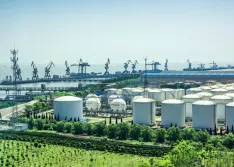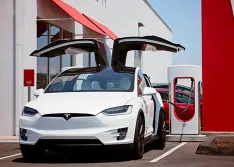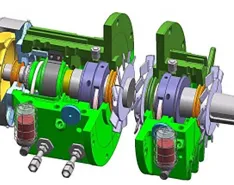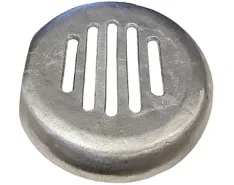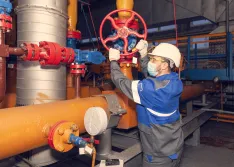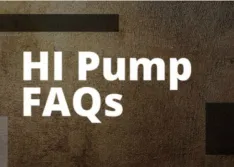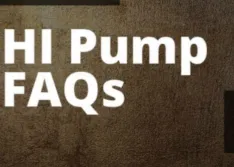Flare control technology can increase efficiency and cut costs.
April 2021
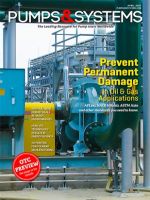
This equipment can be critical in hazardous environments.
Operators can set programs to run independently based on real-time process parameters.
Learn the advantages of using sealless pumps for electric vehicle production.
Understand the process of evaluating bearing and seal hydrodynamic and mechanical characteristics, as well as its modeling, in the frame of rotor dynamics analysis.
A look at two-piece and three-piece ball valves and total cost of ownership.
Learn how to apply IoT solutions to improve monitoring, maintenance and automation.
Oil and gas operators require equipment to meet certain API standards.
See how this process works through open and closed systems.
Upgrades improve pump reliability and reduce maintenance costs for operators.
A collation tool can allow for change and modifications throughout the maintenance process.
Learn the basics of making a pattern using this technology.
Optimize material and surface treatment selection.
Select sealing systems that ensure reliability, sustainability and cost-efficiency are built into pumps and processes at the outset.
Columnist Jim Elsey on the common issues found on the suction side of the pump.
While the industry took a beating in 2020, look for new technologies to drive growth in the future.
The six benefits of controlling pressure with smart technology.
Protecting equipment and the environment requires adequately sealing the process and lubricant.
Sensors help with predictive maintenance and warding off overcurrent and undercurrent.
High unbalance of a rotating component such as an impeller may result in unacceptable vibration.
The frequency of instrument recalibration depends on usage and the design of the equipment.
Energy-efficient VFDs are vital to meet the new regulatory standards.



